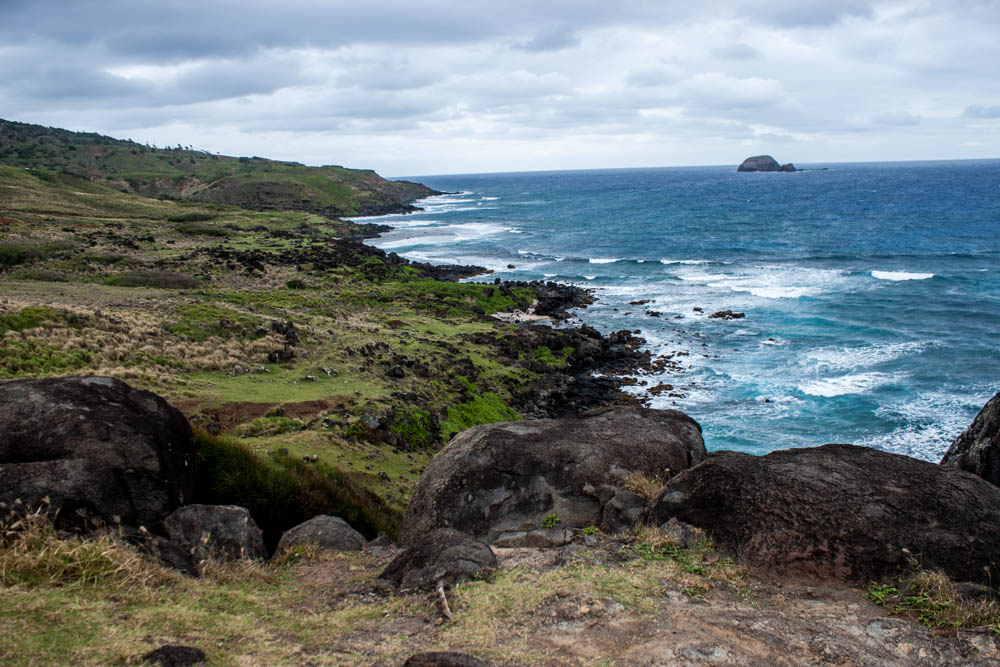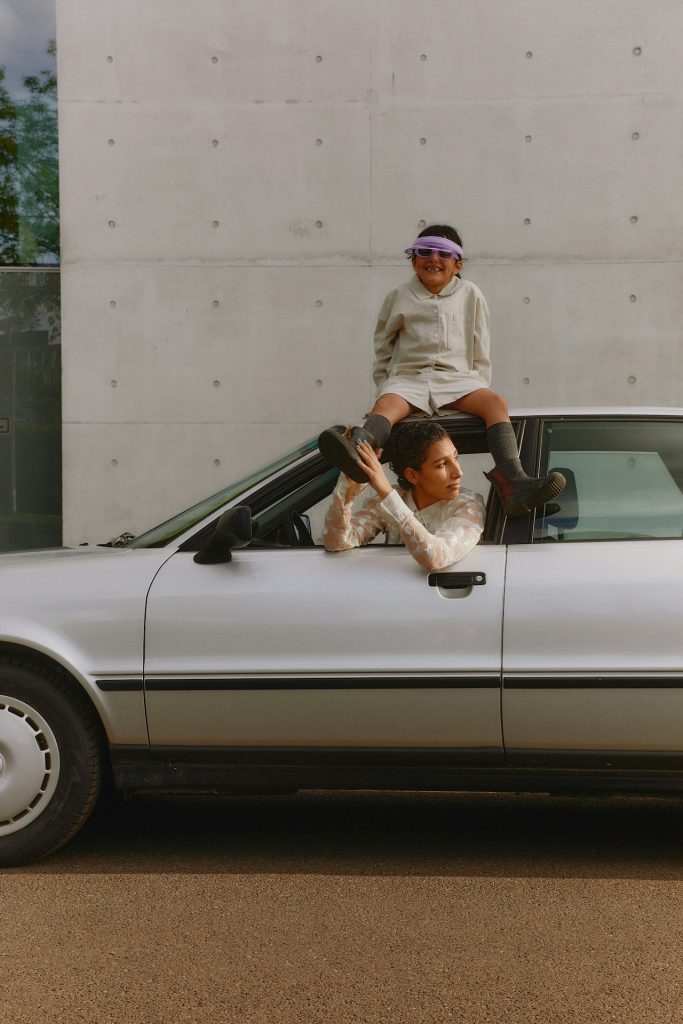If you’ve ever been to Hawaii, you may recall stepping off the plane to smiling tour guides, lei or Kukui nut necklace in hand, beaming as they place it around your neck and greet, “Aloha!”
For many headed to the more populated Hawaiian islands like Maui or Oʻahu, the cultural portion of their trip ends there. They will be whisked away in air-conditioned shuttles that will take them to all-inclusive resorts where they will surely revel in the beauty of Hawaii, but risk missing out on some of the local splendours.

Those that venture to Moloka’i are in for something a little different. There, the greeting is only the beginning of a vibrant cultural experience in one of America’s historically rich states. It’s impossible to visit and not intermingle with the locals because likely your tour guide is also close friends with the hotel manager who’s cousin runs the Moloka’i rowers club – and with only 8000 residents, you will likely run into these people multiple times. The perceptive traveller will instantly feel what the residents of Moloka’i value as the island’s most important sentiment: “Ohana” meaning to “take care of each other”.
Visitors looking for beaches and piña coladas will find them in abundance without the pomp and circumstance of Hawaiian’s more commercial islands. But the true magic of Moloka’i is uncovered when you get involved – here you won’t just receive a lei, you’ll have the opportunity to meet the people who grow the Plumeria flowers.
Where to Stay
Choosing accommodation is a breeze as Hotel Molokai is the island’s only option. Gently lapping ocean waves are audible from bungalows designed with nods to Polynesian architecture. While the current accommodations occupy a rustic charm, a handful of the bungalows are receiving complete make-overs that rival the opulence of commercial hotels on the more populated islands. While Hotel Moloka’i will provide a perfect setting to coax you out of your daily ultra-connected grind, wifi is available and strong across the property. Make sure to reserve a room before you arrive on the island as the hotel does become completely booked. If you are truly after a local experience, Airbnb is a popular alternative. While I was visiting, there was a case in which a group arrived at Hotel Moloka’i having accidentally booked the wrong month – quick thinking on part of the hotel manager found them rooms at a nearby apartment complex that rents through Airbnb. Rest assured when you have a problem on Molokai, your hosts do as well.
What to Eat
 Kanemitsu Bakery: Though the night-life scene on Moloka’i is quite tame, there is one local spot that receives a ton of attention after 8 pm: the alley-way leading to Molokai’s famous bakery selling “hot bread”: literal loaves of freshly baked bread (large enough to require two hands) are picked up and brought home to friends and family. Customers have their choice of spreads, the most popular being butter, cream cheese and cinnamon.
Kanemitsu Bakery: Though the night-life scene on Moloka’i is quite tame, there is one local spot that receives a ton of attention after 8 pm: the alley-way leading to Molokai’s famous bakery selling “hot bread”: literal loaves of freshly baked bread (large enough to require two hands) are picked up and brought home to friends and family. Customers have their choice of spreads, the most popular being butter, cream cheese and cinnamon.
Paddler’s Restaurant and Bar: One of the livelier bars on the island, this local watering hole serves as a meeting spot for the Wa’akapaemua Canoe Club and has pool tables, live music and happy hour specials. One of the best poke bowls on the island, pictured left.
Molokai Burger: The island’s first and only drive-through took over a Ford Dealership that had been the only car dealership on the island. Now, cars are imported on the island through shipments that come once a month.
What to Do
Halawa Valley Falls Cultural Hike: A basin rich in history, this valley is specked with trails that will lead to waterfalls and parts of Hawaiian forest never touched by man. Though parts of Halawa Valley are privately owned, guided tours are run by Cultural Specialist Anakala Pilipo Solatorio and his son, Greg. A true Kahuna (spiritual Hawaiian figure), Pilipo is the last living Hawaiian descendent to be born and raised in Halawa who still resides there. He has spent his lifetime learning the history and cultural significance of the valley. Parts of his knowledge led archeologists to a fire pit where remains of some of the earliest Hawaiian settlements were discovered. It was from Pilipo and his son that we learned Kukui nuts comprised the the first Hawaiian candles. They are so oily that when stacked one top of the other another and lit by a flame, they slowly release oil and burn down.

“Kukui nut necklaces are often given to tourists, but they were initially created as a symbolic ‘circle of light’ to be worn around a Hawaiian’s neck as a reminder to always conduct oneself favourably.” explains Greg during a conversation in the valley. “Becoming an expert in culture takes a lifetime but in Moloka’i we’re committed to sharing that with our visitors and ensuring they takeaway the real cultural experience”.
Moloka’i Plumeria farm: Plumerias are the flower you often see tucked behind the ears of Hawaiian women. Fun fact: tucking a plumeria behind your left ear means you’re taken and behind your right signals your availability. Placing one on top of your head means you’re confused. The farm’s operator, Dick Wheeler, will tell you they never intended to open the farm up for tours, but gladly obliged to the many tourists who would wander in off the road and ask to learn more or pick flowers for their own leis. They’ve never spent a dime in advertising. Go mid-to-late spring when the majority of the flowers will be in bloom and in Dick’s words, “ will look like snow dusting a mountain”. Each flower sells for 13 cents USD, leis sell for $6 USD.

Wa’akapaemua Canoe Club: Nothing signifies vacation more than begining your day with a paddle on the ocean. Do not let the word “paddle” confuse you, though all levels and ages are welcome, the morning paddle was an adequate work-out that you will feel in your arms and core the next morning. During whale season paddlers gain to glimpse breaching whale fins, but year round one will be able to observe giant tortoises and manta rays gently gliding through the water inches below the canoe. To sign up head to the Molokai Art from the Heart, art gallery the day before you intend to paddle.
Mahalo!







